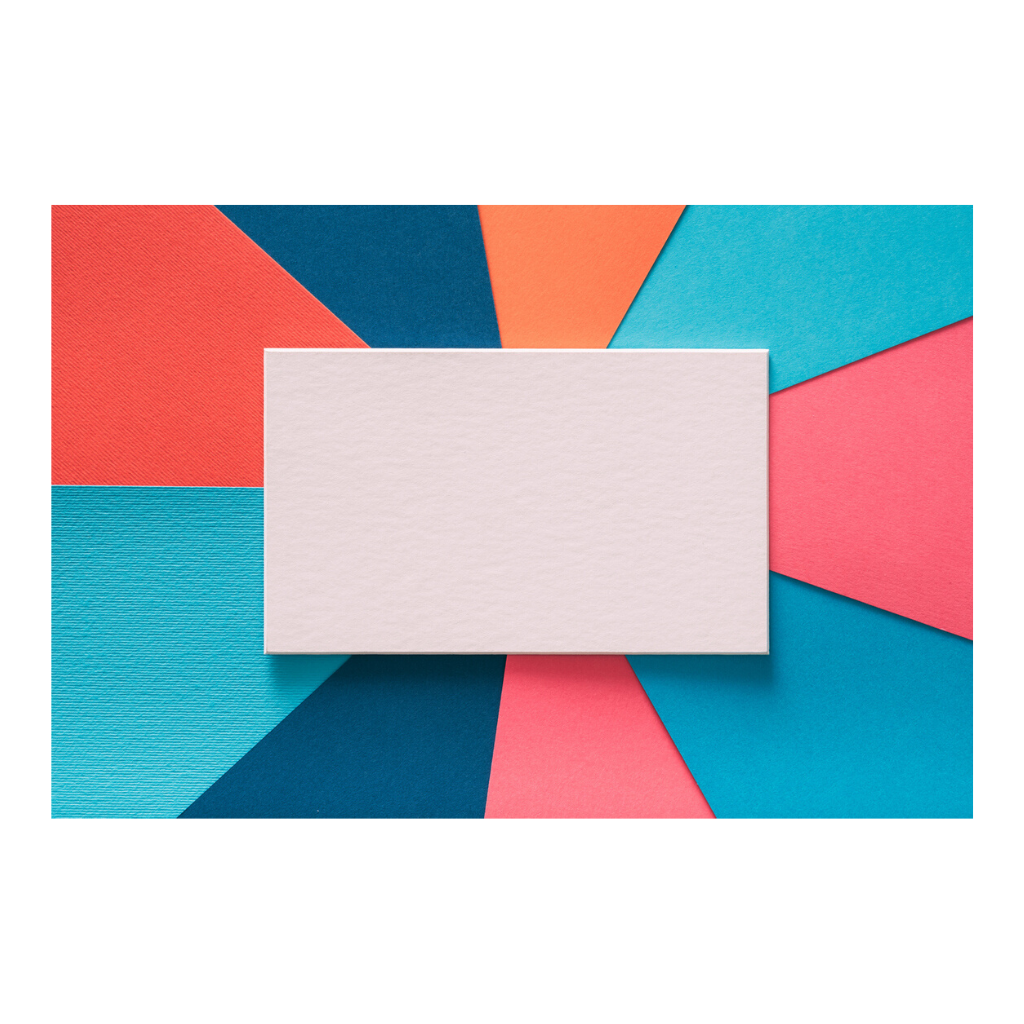In 2016, the USPS® changed the minimum paper basis weight for automation mailings to 50-pound book-grade paper or equivalent.
Understanding USPS automation requirements for paper weight and what is meant by an “equivalent” can be a critical factor for your mail campaign budgets.
Let’s look at envelope paper weight in more detail with some tips that can help you better understand your paper needs.
Tip #1: Paper Basis Weight vs. Paper Thickness
Paper can be described in terms of both its basis weight and its thickness; the same #10 envelope can be described as having both 24# paper basis weight and a paper thickness of 4.9 mils. Paper basis weight is a more common way to describe paper and should be used when ordering paper-based products like envelopes.
Tip #2: What is Paper Basis Weight?
Paper basis weight is the weight of a sheet of paper based on the standard size. Paper basis weight describes the collective mass of fibers that make up the paper – expressed in pounds in North America and expressed in grams per square meter (g/m2) or “grammage” internationally — based on standard sized sheets. Paper basis weight is determined by the weight of an entire ream (500 sheet) weight of the base size, hence the term basis weight.
For envelopes, we use bond-grade paper, such as wove, surface enhanced white wove, kraft, recycled, specialty or tear-resistant paper, where a standard sheet is 17×22”. A ream of bond-grade paper in the standard size of 17×22” weighs about 20 pounds and represents the entire weight of that 500-sheet ream of bond-grade paper. As shown in the chart below, this is equivalent to 50 pounds of book-grade paper, which qualifies it for USPS minimum paper basis weight requirements; see the chart for a full comparison of book-grade and bond-grade paper equivalents.
| Book-Grade Paper Weight |
Bond-Grade Paper Weight |
|---|---|
| 50 | 20 |
| 55 | 22 |
| 60 | 24 |
| 70 | 28 |
Tip #3: Common Envelope Sizes and Common Paper Weights
There are many factors involved in choosing the right basis weight for your mailing. These factors include the thickness of the contents going in the envelope, the number of inserts and the type of mechanical insertion equipment being used. Nonetheless, the most commonly used basis weights for common envelope sizes are:
| Common Envelope Size | Paper Basis Weight |
|---|---|
| #9 envelopes | 20# – 24# paper |
| #10 envelopes | 20# – 24# paper |
| 6×9 envelopes | 24# – 28# paper |
| 9×12 envelopes | 24# – 28# paper |
*Bonus Tip: If your mailpiece calls for a special finish, such as ultraviolet (UV) or soft to the touch coating, your paper needs may vary. Talk to a Tension Sales expert for more information.
Tip #4: How is Paper Thickness Determined?
Paper can also be described in terms of its thickness. It is also commonly referred to as caliper thickness from the gauge used to measure paper thickness, a caliper. Caliper thickness is expressed in thousandths of an inch (mils) and is given in ranges to account for normal variances in the paper.
| Basis Weight (bond) | Nominal Caliper (mils) |
|---|---|
| 20 | 4.2 – 4.4 |
| 22 | 4.5 – 4.7 |
| 24 | 4.8 – 5.1 |
| 28 | 5.2 – 5.7 |
Bonus Tip: Caliper thickness can vary by paper types within basis weights. For example, a 24# calendarized paper may have a smaller caliper thickness than 24# white wove’s nominal caliper from 4.8-5.1 mils. Conversely, a 20# High Bulk wove paper will have a greater caliper thickness than a traditional 20# white wove.
How Much Does a Standard Envelope Weigh?
The #10 envelope, the most common type of envelope, weighs about 6.75 grams when made with 20# paper.
Partner with a Paper Expert
Tension has been manufacturing envelopes for more than 130 years, and our partnerships run deep and strong with our paper suppliers. We know the quality to look for in terms of paper — basis weight and thickness included — and likewise, our trusted paper partners work to provide us the top quality we expect.
Understanding the importance of paper quality for your mailing is just one part of the total best-in-class service equation we offer to our customers. Contact a Tension Sales expert to discuss your paper and envelope needs.




